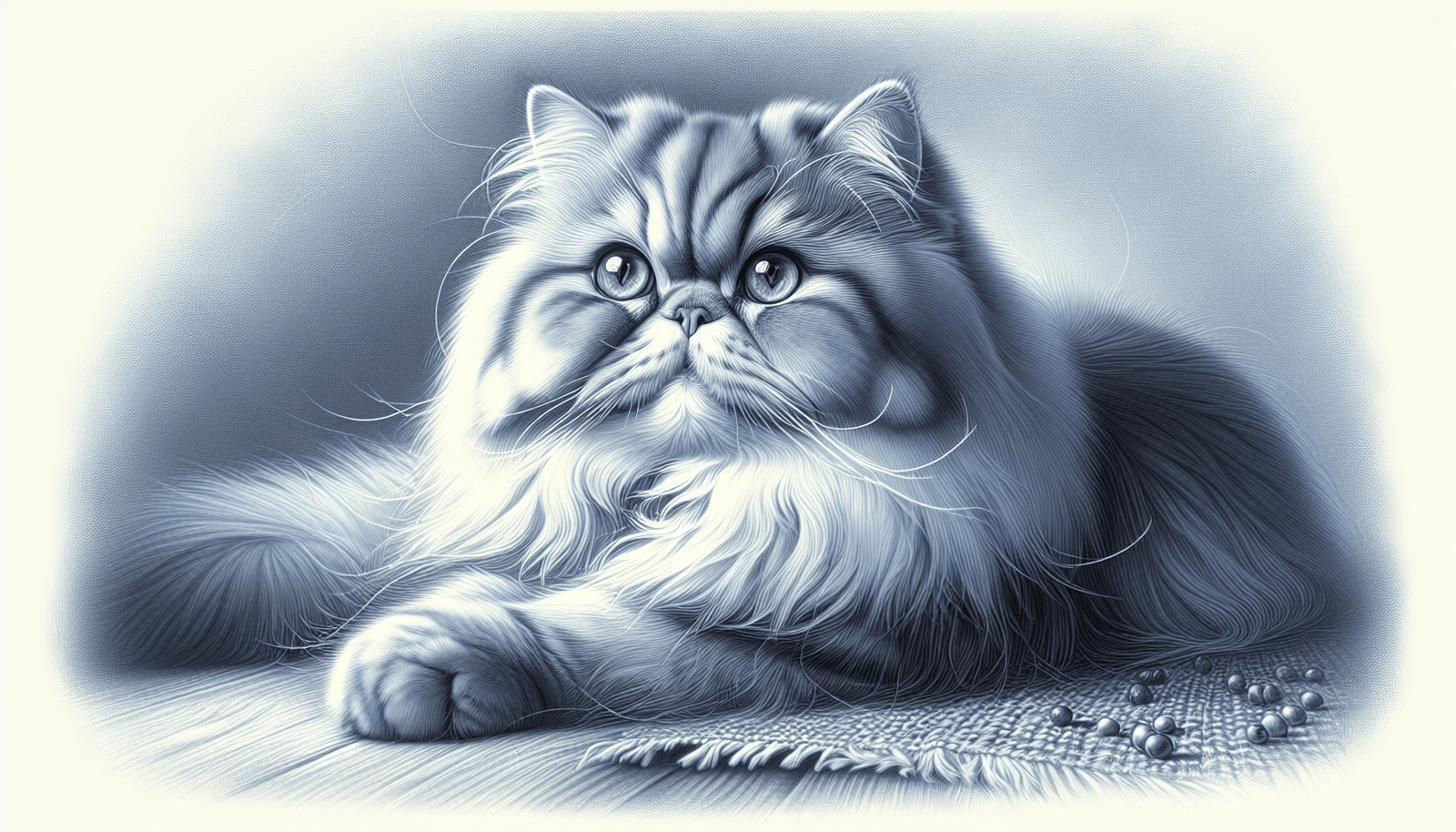Welcome to a fascinating journey through the breeding history of flat-faced Persians! Have you ever wondered how these adorable creatures came to have their unique features? Back in the day, breeders crossed the doll-faced Persians with a certain cat breed to achieve the iconic flat face that we know and love today. Let’s delve into the origins of these charming felines and discover the story behind their distinctive look.
Breeding History: The Origins of the Flat-Faced Persians
Have you ever wondered where the adorable flat-faced Persian cat breed originated from? Let’s delve into the fascinating history of these iconic felines and how they came to be known for their distinct facial feature.
The Beginnings of Persian Cats
Persians have a long and storied history that dates back centuries. Originally from Persia (modern-day Iran), these elegant and regal cats were beloved companions of royalty and aristocrats. Known for their luxurious coat, expressive eyes, and sweet temperament, Persians quickly became a popular breed in many European countries.
The Evolution of the Flat-Faced Persian
Dollface Persians
Before the flat-faced Persian we know today, there was the “dollface” Persian. These cats had a more traditional appearance with a longer nose and a less pronounced facial structure. Dollface Persians were admired for their graceful beauty and delicate features, captivating cat lovers around the world.
Transition to Flat-Faced Persians
At some point in history, breeders began to focus on creating a more distinctive look for the Persian breed. By selectively breeding individuals with flatter faces and rounder heads, the flat-faced Persian emerged as a new variation. This unique trait quickly gained popularity, leading to the development of a subcategory within the Persian breed.

The Role of Breeding
Selective Breeding Practices
Breeding plays a crucial role in shaping the appearance and characteristics of a particular cat breed. In the case of flat-faced Persians, breeders carefully selected individuals with the desired facial structure to produce offspring with similar traits. This deliberate process of choosing specific traits to perpetuate has been instrumental in creating and refining the distinct look of flat-faced Persians.
Health Considerations
While breeding for specific traits, such as a flat face, breeders must also prioritize the health and well-being of the cats. The popularity of flat-faced Persians has raised concerns about potential health issues associated with their unique facial structure. Brachycephalic breeds, like flat-faced Persians, may experience respiratory difficulties, eye problems, and dental issues due to their flattened faces. Responsible breeders take these considerations into account and strive to maintain the health and vitality of the cats they produce.
Popular Varieties of Flat-Faced Persians
Exotic Shorthair
The Exotic Shorthair is a close relative of the Persian breed, sharing many of the same characteristics, including the flat face. However, the Exotic Shorthair has a plush coat that is shorter in length, making grooming easier for cat owners. These charming cats are known for their sweet temperament and cuddly nature, making them a favorite among families and cat enthusiasts.
Himalayan
The Himalayan cat is another variety of flat-faced Persian that is known for its striking blue eyes and colorpoint coat pattern. These elegant cats have a gentle and affectionate personality, forming strong bonds with their human companions. With their beautiful appearance and charming demeanor, Himalayans are a popular choice for those seeking a loving and loyal feline friend.

Finding a Flat-Faced Persian
Reputable Breeders
When looking to add a flat-faced Persian to your family, it is essential to choose a reputable breeder who prioritizes the health and well-being of their cats. Responsible breeders conduct thorough health screenings, provide proper care for their cats, and adhere to ethical breeding practices. By selecting a breeder who values the health and happiness of their cats, you can ensure that you are bringing home a well-adjusted and healthy companion.
Adoption
If you prefer to adopt a cat in need of a loving home, consider checking local shelters and rescue organizations for flat-faced Persians. While purebred cats may be less common in shelters, there are often mixed-breed cats that share similar traits. By opening your heart and home to a cat in need, you can make a positive impact and provide a forever home to a deserving feline friend.
Caring for Your Flat-Faced Persian
Grooming
Flat-faced Persians have long, luxurious coats that require regular grooming to keep them looking their best. Brush your cat’s coat daily to prevent matting and tangles, and trim their nails as needed to maintain their paw health. Additionally, pay attention to your cat’s eyes and ears to ensure they are clean and free of debris, as flat-faced Persians are more prone to eye and ear infections due to their facial structure.
Health Monitoring
Due to their unique facial structure, flat-faced Persians are more susceptible to certain health issues, such as respiratory problems and dental issues. Monitor your cat’s breathing, appetite, and overall well-being, and consult your veterinarian if you notice any concerning symptoms. Regular veterinary check-ups are essential for maintaining your cat’s health and addressing any potential issues proactively.
Conclusion
The flat-faced Persian is a beloved and iconic cat breed with a rich history and distinctive appearance. From their beginnings as elegant Persians in ancient Persia to the development of the flat-faced variety we know today, these cats have captured the hearts of cat lovers around the world. Whether you are considering adding a flat-faced Persian to your family or simply appreciate their beauty and charm, understanding their breeding history and unique characteristics can deepen your appreciation for these enchanting felines.
